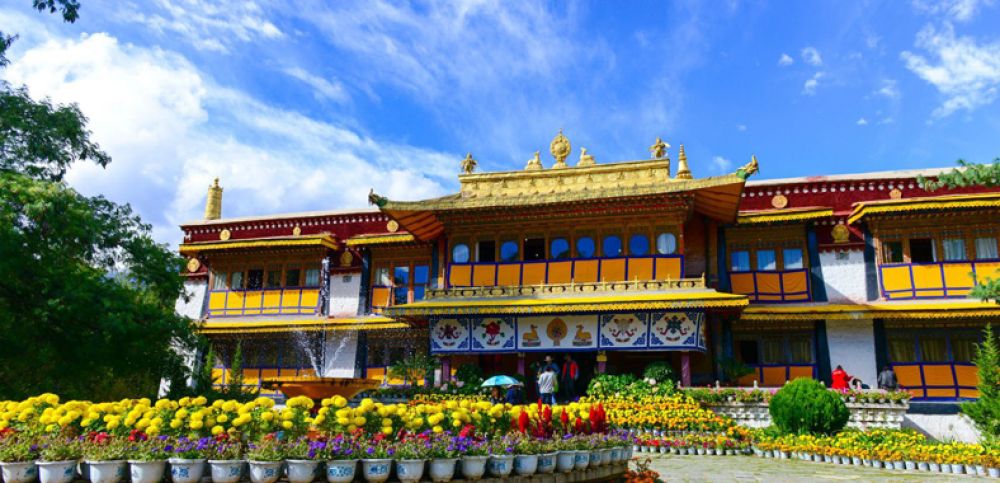

The Norbulingka Palace, meaning 'The Jeweled Park' in Tibetan, is not just a historical palace and garden in Lhasa but also a cultural symbol. While the residence itself is not specifically known for its food history, Tibetan cuisine as a whole reflects a deep connection with the local culture and environment. The traditional fare available in the Lhasa region, including that near Norbulingka Palace has been shaped by the high altitude, harsh climate, and the Tibetan people's need for high-energy foods to combat cold weather.
Local food is typically rich in protein and calories, with a reliance on barley, dairy, and different meats, excluding beef as cows are considered sacred in Tibet. The cuisine found in Lhasa, including the areas around Norbulingka Palace, heavily features yak meat, mutton, and various kinds of vegetables that can be grown in the high-altitude conditions.
Address: Barkhor Street, Lhasa
Famous Food: Momo (Non-Veg/Veg), Tibetan-style yak meat (Non-Veg)
Address: North Barkhor Plaza, Lhasa
Famous Food: Thukpa (Non-Veg/Veg), Yak meat dishes (Non-Veg)
Address: Mentsikhang Road, Lhasa
Famous Food: Tibetan Pizza (Veg), Yak Burger (Non-Veg)
Address: No.7 Jiri E'er XIang, Lhasa
Famous Food: Shapale (Non-Veg), Tibetan curry (Non-Veg/Veg)
Address: Lhasa Zhaji Residential District
Famous Food: International cuisine with Tibetan influences (Non-Veg/Veg)
Note that while beef is not consumed due to cultural reasons, the other types of meat such as yak, chicken, and mutton are very common in Tibetan cuisine. Vegetarian options are also readily available, especially given the increasing popularity of Lhasa as a tourist destination.